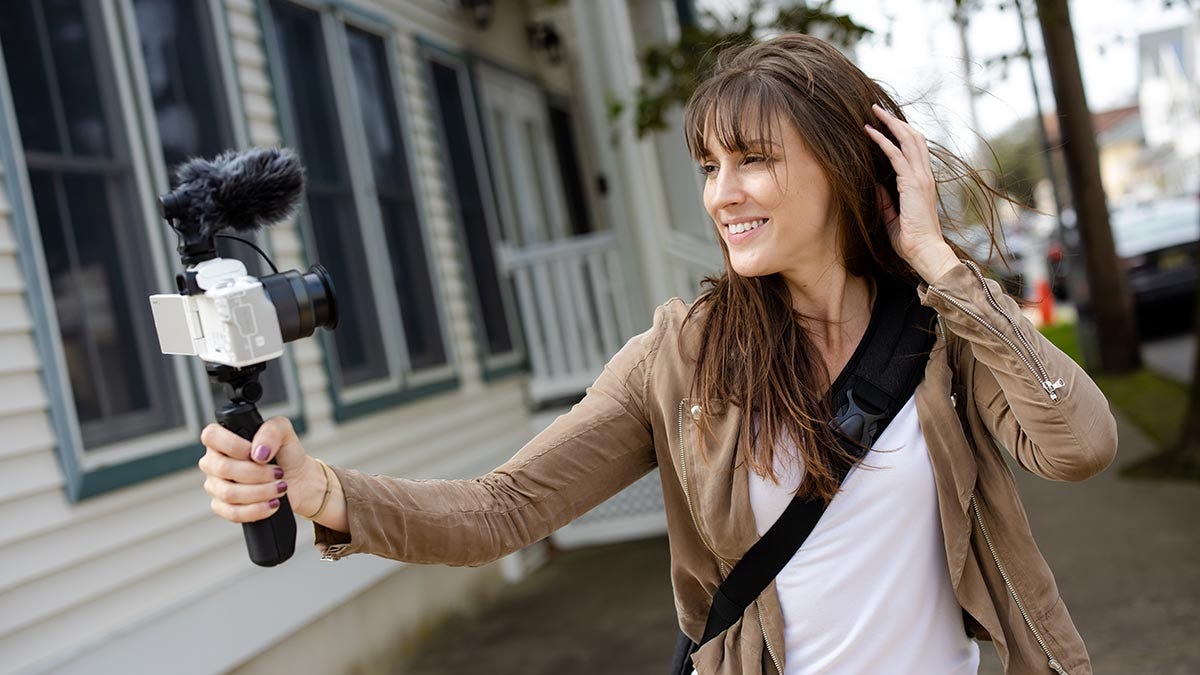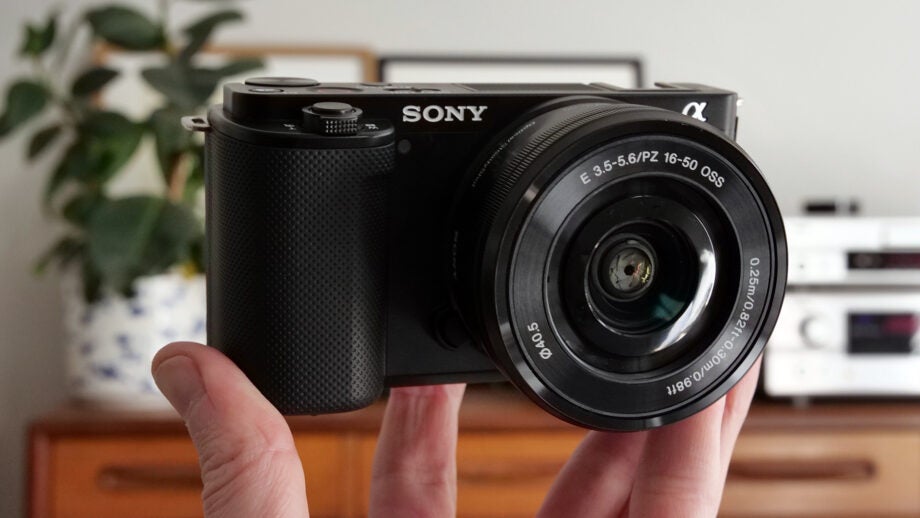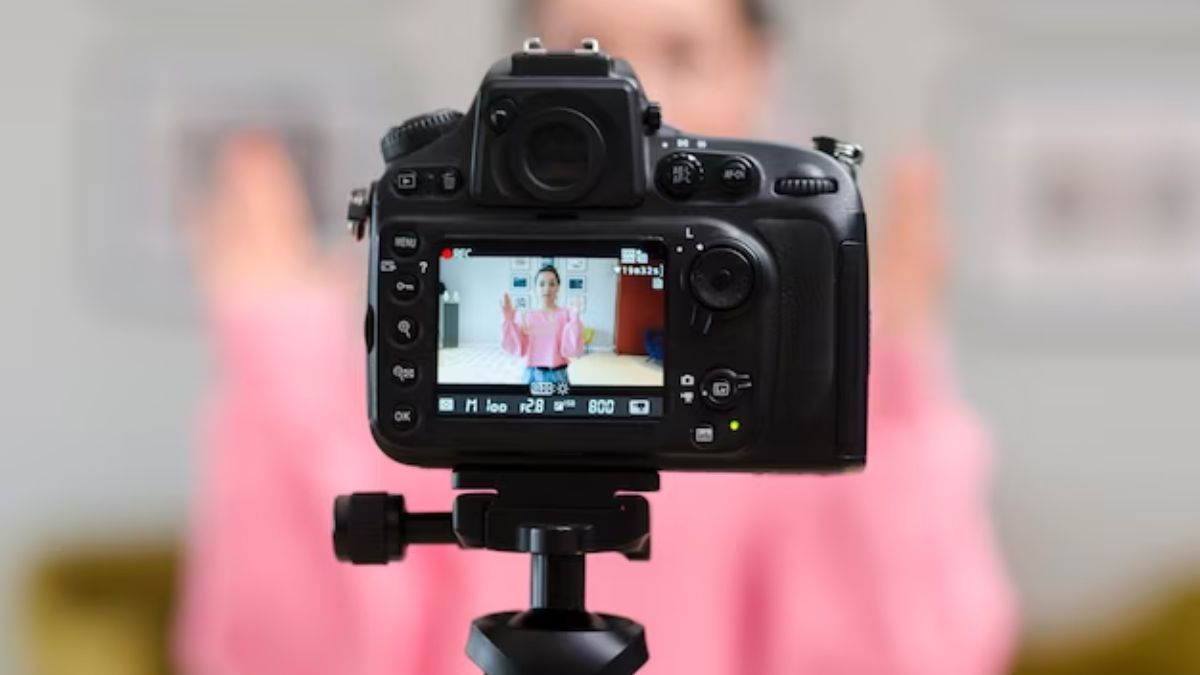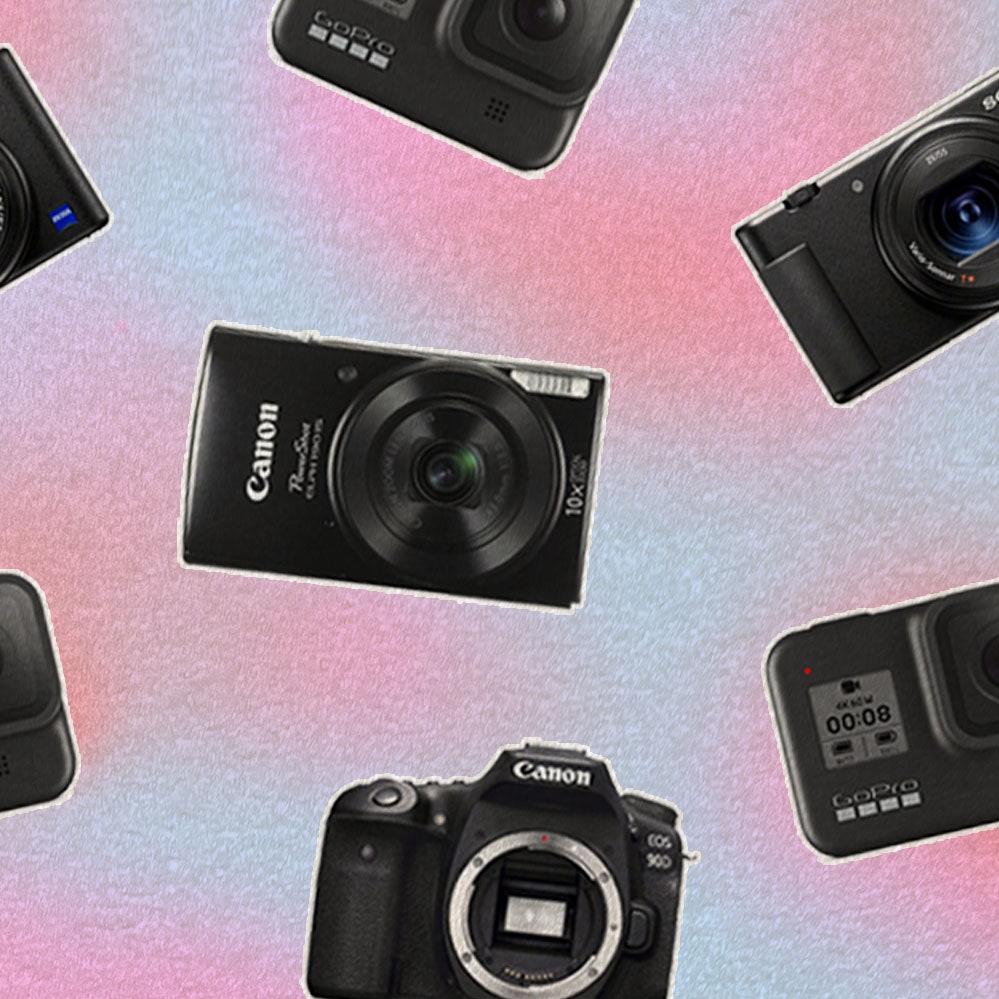In the digital age where content is king, vlogging has ascended as a dominant form of expression and communication. Whether for hobbies, professional branding, or capturing life’s moments, the need for a high-quality vlogging camera has never been more critical. This article aims to guide you through the process of selecting a camera that not only meets your vlogging needs but also elevates your content with superior image quality.
Prioritizing Image Quality
Understanding Sensor Size
The heart of image quality in digital cameras lies within the sensor size. Larger sensors capture more light and detail, directly impacting the clarity and richness of your video. Cameras with full-frame sensors excel in various lighting conditions, providing flexibility for indoor and outdoor vlogging. However, they come with a higher price tag. APS-C and Micro Four Thirds sensors offer a balanced alternative, delivering impressive image quality suitable for most vlogging endeavors at a more affordable price point.
Resolution and Frame Rate
4K resolution has become the benchmark for high-quality vlogging, offering sharpness and detail that surpasses standard HD. It allows for clearer images, even when viewed on large screens or when cropping in post-production. Equally important is the camera’s frame rate capability. A frame rate of 60fps (frames per second) at 1080p is ideal for creating smooth, visually appealing content, especially for action shots or moving subjects. This combination of high resolution and frame rate ensures your vlogs will stand out in the crowded content space.

Form Factor and Usability
Compactness and Portability
Vlogging often involves capturing moments on the go, making the size and weight of your camera crucial. Mirrorless cameras strike a perfect balance between portability and image quality. They are lighter and more compact than traditional DSLRs yet do not compromise on sensor size or resolution. For those constantly on the move or who prefer a more discreet setup, high-end compact cameras or even advanced action cams can also be viable options, offering remarkable image quality in an even smaller package.
User-Friendly Features
For vloggers, the ability to quickly adjust settings and frame shots is important. Look for cameras with a user-friendly interface and features like a fully articulating screen, which can help frame yourself easily without external monitors. Touchscreen interfaces can simplify navigation and settings adjustments. Additionally, robust autofocus capabilities, particularly those with face or eye-tracking, are invaluable for keeping you in focus as you move, ensuring your content always looks professional.

Audio Quality and Connectivity
Integrating High-Quality Sound
Superior image quality can captivate your audience, but poor audio can detract from the overall experience. Selecting a camera with a built-in microphone of good quality can work for starters, but for enhanced audio clarity, consider cameras that allow for external microphone connectivity. This investment can significantly improve your vlogs’ sound quality, making your content more engaging and enjoyable for your audience.
Seamless Connectivity Options
In today’s fast-paced digital world, the ability to quickly transfer and upload your content is a boon. Cameras equipped with built-in Wi-Fi or Bluetooth facilitate easy sharing between devices. This feature becomes particularly useful when you wish to edit or upload videos directly from your smartphone or tablet. NFC (Near Field Communication) can further streamline this process, making device pairing straightforward and efficient.

Durability and Future-Proofing
Weather Sealing and Build Quality
Vlogging doesn’t always happen in ideal conditions. To ensure your camera can withstand diverse environments, consider models with weather sealing. This feature offers protection against dust, moisture, and minor knocks, extending the life of your camera. A durable, well-constructed camera not only withstands the test of time but also remains reliable in critical shooting scenarios, letting you focus on creating content without worry.
Investing in a Future-Proof System
Technology evolves rapidly, and so do the tools for content creation. When selecting your camera, consider the ecosystem it belongs to, including available lenses, accessories, and upgrade paths. Choosing a camera from a system with a wide range of compatible lenses and accessories allows for greater versatility and creative exploration. Moreover, opting for a camera with updatable firmware ensures you can maintain cutting-edge features and compatibility, safeguarding your investment for years to come.

Enhanced Creativity Through Advanced Features
Exploring Additional Camera Functions
Beyond essential characteristics like image quality and audio integration, additional camera functions can empower vloggers to unleash their creativity. Features such as in-body image stabilization (IBIS) can be a game-changer for handheld shooting, reducing camera shake and allowing for smoother footage. Slow-motion and time-lapse modes provide creative options to diversify content and add a dramatic touch to vlogs. GPS tagging can add value to travel vlogs by automatically geo-tagging locations, enriching the storytelling aspect. By considering cameras that offer these innovative functions, vloggers can craft unique and captivating content that stands out.
Embracing the Power of Post-Production
While in-camera quality is paramount, the capability to handle post-production tweaks is equally important for a polished final product. Considering cameras that offer RAW video support gives vloggers maximum flexibility in post-production, allowing comprehensive color grading and exposure adjustments. Additionally, a camera’s compatibility with various editing software can streamline the workflow. Therefore, when selecting a vlogging camera, keep an eye out for features that support extensive editing options and consider the compatibility of your footage with the editing tools you intend to use.

Considerations for Lighting and Environmental Adaptability
Vlogging frequently occurs under a diverse array of lighting conditions. This calls for a camera with a broad dynamic range to capture details in challenging light, from bright highlights to dark shadows. ISO range is another critical factor; a camera with a wider ISO range performs better in low-light scenarios, which is crucial for maintaining image quality without relying heavily on external light sources. Select a camera with robust performance across different lighting environments to ensure your vlogs maintain consistency regardless of the setting.
In conclusion, finding the perfect vlogging camera with superior image quality involves a careful balance of technical features and personal needs. From sensor size to resolution, form factor, and connectivity, each aspect plays a crucial role in how your content is captured and shared. Remember, the best vlogging camera is not just about specifications but also how well it aligns with your creative vision and lifestyle. By prioritizing key features and planning for the future, you can select a camera that not only enhances your vlogs but also embarks you on a journey of limitless creative possibilities.
